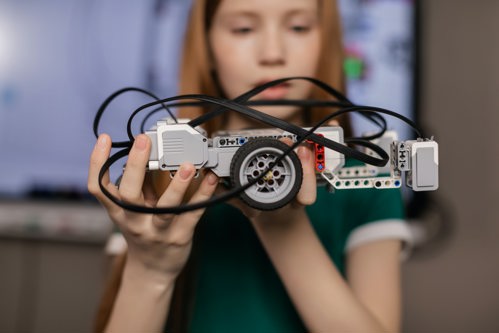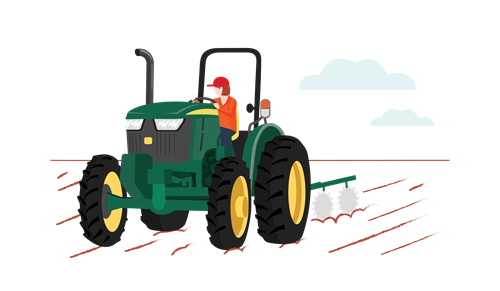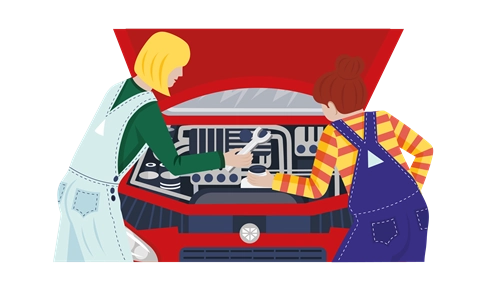Value students’ STEM knowledge and experiences
Positive recognition of STEM competencies and practices by ‘meaningful others’ is perhaps the most important factor in developing STEM identity. Compared to boys, girls are more likely to undervalue their abilities in STEM and students from diverse backgrounds may find it difficult to see their lived STEM competencies and experiences reflected in the mainstream curriculum.
All students will have STEM-related hobbies or life experiences that can be valued and used in the classroom. Some students will have significant STEM capital and feel more empowered to contribute their STEM knowledges and experiences. For others, having their knowledges and experiences valued and named as ‘STEM’ is a valuable way to support their developing STEM identity.

Recognising diversity as an asset represents a means of engaging students’ cultural knowledge, experiences, contributions and perspectives. Culturally responsive pedagogy can increase problem-solving and interest in study and careers, particularly for underrepresented groups.
In your classroom: Connect curriculum to students’ STEM knowledges and experiences
- Find out about your students. Ask them to complete this student interest page and then collate the data for your class. Student responses will change over time, so this is a great starting point. Be alert to students sharing experiences and add notes throughout the year. This data will help you understand your students and their learning and will be useful when it comes to report time and parent meetings.
- Map student interests to your curriculum, outlining possible links between student experiences and the curriculum content across the year. Check out this example for inspiration.
- Revisit the student interest planning tool as you plan specific lessons to ensure you are capitalising on these connections and thinking about how you might elicit these experiences. Will you tell a story that prompts contributions? Ask specific questions? Or provide a contextual phenomena? How do you think students might contribute, and how will you link these contributions back to the curriculum?
Talk tips
· Invite and value student contributions drawn from their experiences outside of school, for example, ‘Megan, your aunt is into rewilding, isn’t she? Can you explain how you go about restoring habitat?’
· Share relevant examples from your own personal life experiences as a model, for example, ‘I became interested in probability when I was researching computer models of rainforests, to work out what size rainforest would be required to be sustainable.’
· Ensure all students have opportunities to contribute in ways they feel comfortable, for example, ‘Preemi, I wonder if you could share a screen capture of your latest computer game in action? I think it will show us how you can use a physics engine to create an immersive experience.’
· Highlight the STEM nature of different sorts of contributions, for example, ‘Ruani’s description of her reactions when she’s playing tennis really illustrates the impact of adrenalin on the body system.’
· Provide examples of different types of people who work in STEM-related jobs to elicit stories about friends or families, for example, ‘My friend George is a vet nurse, and they use ratios all the time to work out how much medication to give each pet.’
· Ask students to provide examples of topics as they emerge through the media, family experiences or their knowledge outside of school, for example, ‘Has anyone seen any films that showcase new materials with special properties?’
Take a look at the next GiST Talk approach, 4. Explore the diversity of STEM stories and experiences
Resources
Mapping student interest
Use this document to find out about your students interests and then collate the data for your class. Student responses will change over time, so this is a great starting point.
DownloadConnecting student interests example
Look at this example to get ideas about how to map student interests and experiences to the curriculum content across the year.
Download









